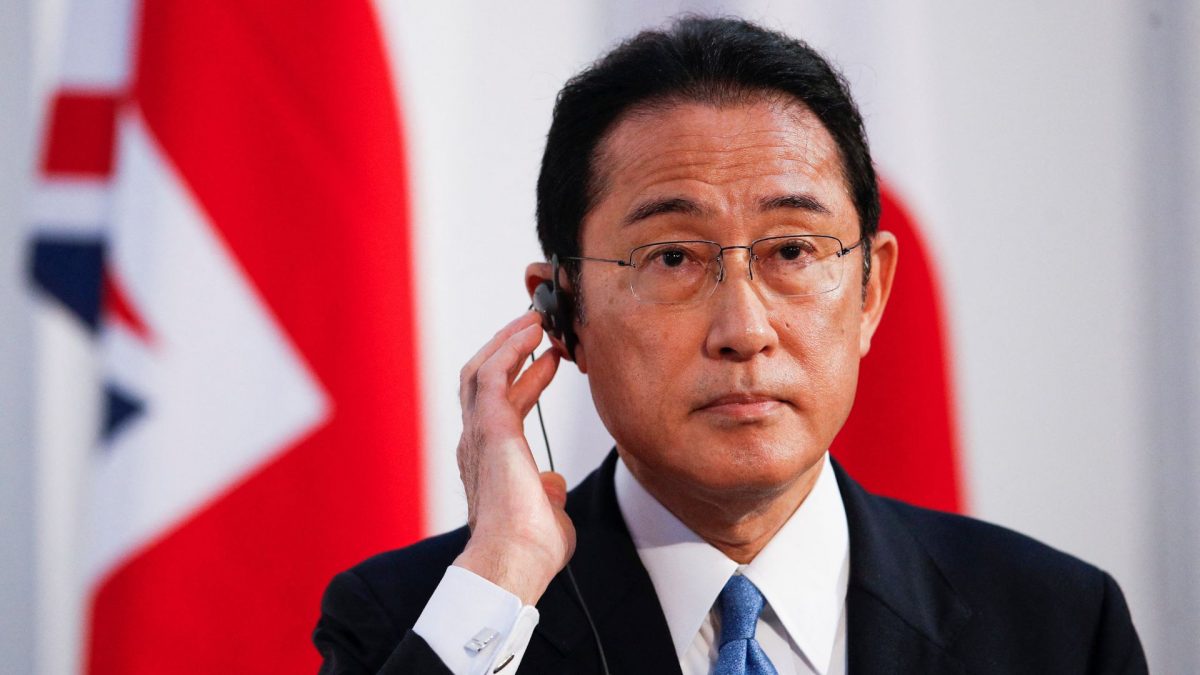Japan’s Prime Minister Fumio Kishida, on Friday, has cancelled his four-day visit to Kazakhstan, Uzbekistan and Mongolia planned from Friday to Monday after weather officials flagged that the risk of a major earthquake was higher than usual.
“As the prime minister with the highest responsibility for crisis management, I decided I should stay in Japan for at least a week,” Kishida told reporters.
The Japanese PM was due to travel to Central Asia where he was scheduled to attend a regional summit.
Earthquake scientists in Japan have warned that the country should prepare for a possible “megaquake”.
The Japan Meteorological Agency (JMA) on Thursday warned of the “relatively higher chance” of another major earthquake near Japan’s Pacific coast, following one of magnitude 7.1 off the southwestern island of Kyushu earlier in the day.
Kishida on Friday said that the public must be feeling “very anxious” after the JMA issued its first advisory under a new system drawn up following a major magnitude 9.0 earthquake in 2011 which triggered a deadly tsunami and nuclear disaster.
On August 8, two powerful earthquakes struck off Japan’s southern coast. According to the United States Geological Survey (USGS), the first was a 6.9-magnitude quake which was followed by 7.1-magnitude tremor. The seismic activity prompted the Japan Meteorological Agency (JMA) to issue a tsunami advisory.
Tsunami warning was issued for Miyazaki, Kochi, Ehime, Kagoshima, Oita prefectures.
According to the public broadcaster NHK, the advisory was for several regions in the southwestern Japanese islands of Kyushu and Shikoku.
Impact Shorts
More ShortsAll flight operations to and from Miyazaki have been suspended till further notice. According to NHK, there have been reports of broken windows at the Miyazaki airport, which is located near the epicentre of the quakes.
The Japanese government has also set up a special task force for rescue operations.
“Tsunamis will strike repeatedly. Please do not enter the sea or approach the coast until the warning is lifted,” the Japan Meteorological Agency said in a post on X on Thursday.
Why Japan witnesses frequent earthquakes?
Japan is one of the world’s most earthquake-prone areas as it is situated along the “Pacific Ring of fire" which is the “most active” earthquake belt globally.
This Ring of Fire is a large horseshoe-shaped path along the Pacific Ocean marked by active volcanoes and sites of seismic activity or earthquakes. About 90 per cent of Earth’s earthquakes take place along this part, including the most violent seismic events.
Within Ring of Fire, multiple tectonic plates move and collide. “The Earth’s surface is broken up into about a dozen or so major chunks that are all moving around. Where they all interact at their edges, interesting things happen,” Douglas Given, a geophysicist with the USGS in Pasadena, California, was quoted as saying by Live Science.
Japan is located on the joint of four different plates, with the Pacific plate and the Philippine plate to the east and the North America plate and the Eurasian plate to the west.
With inputs from agencies


)

)
)
)
)
)
)
)
)



